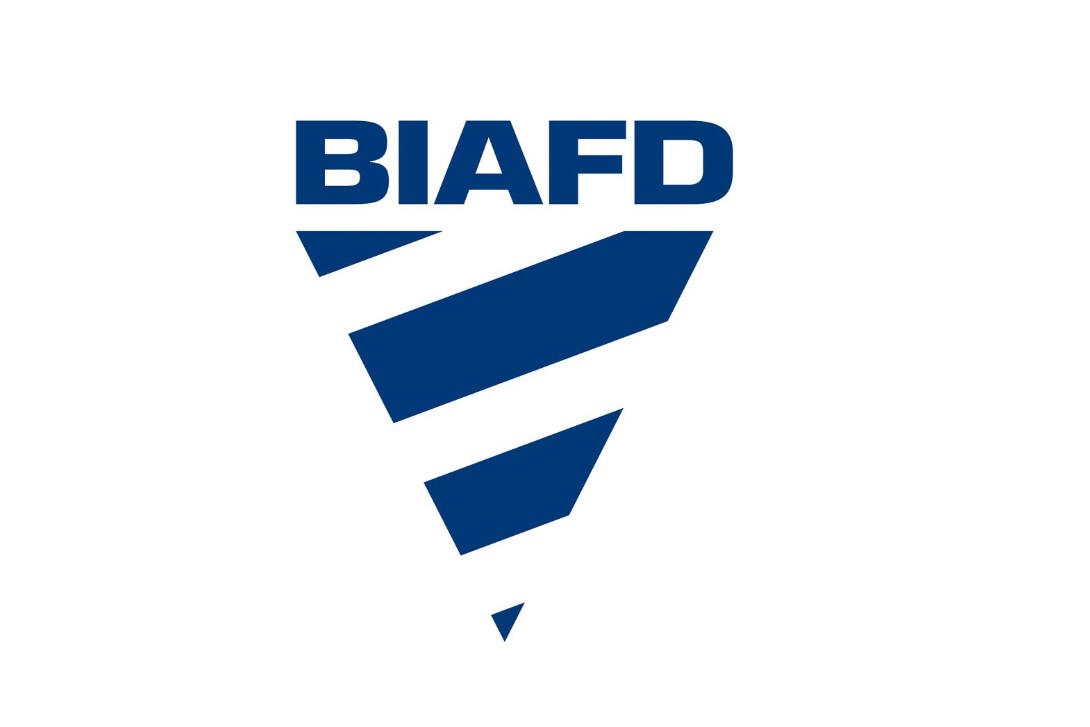GOVERNMENTS/ASSOCIATIONS/FASTENER GROUPS
BIAFD: No Let-up in Freight and Steel Cost Pressures


Add to my favorite
2021-03-17
“It’s every bit as bad as it was”. Grimly taciturn but typifying responses to the BIAFD’s latest check with members on fastener cost and availability pressures, emanating from the ongoing sea freight crisis and escalating metals costs.
The common theme running through global Purchasing Managers Index reports for February was the sledgehammer impact on manufacturing of rising costs driven by supply chain disruption and raw material shortages. As a vital supply-chain to UK and Irish manufacturing and construction industries, members of the British & Irish Association of Fastener Distributors confirm these pressures are at unprecedented levels - and that they show no signs of easing in the foreseeable future.
Any hope of improvement in sea-container freight rates and availability, once the Chinese New Year holidays were behind us, has rapidly been dashed, according to BIAFD members. As February closed, the hope was the holiday respite in Asian shipments might allow recovery of containers to key export ports. However, there is no evidence of improvement on the ground. Cargo is piling up in Asian ports and any capacity gains will be rapidly eroded as global demand continues to surge. One thing is sure, there is no let-up in container freight rates, which BIAFD members continue to report as five to six times higher than a year ago.
Importers are facing ‘all up’ costs of up to £6000 for a 20DC container shipped from Asia to the UK. Depending on the product involved that can equate to as much as a third of the value of the box contents. If anything, rates look set to harden as shipping lines apply $500 seasonal surcharges early and seek to recover increasing fuel costs.
With replacement inventory urgently needed to meet buoyant demand across many sectors, plus freight industry warnings of little better than 50/50 chances of containers sailing on schedule, importers are having to ‘bite the bullet’ and pay exorbitant rates to try to ensure earliest possible arrival. While Mainland China is at centre of shipment unreliability and escalating costs, BIAFD members report Taiwan being little better and arranging bookings from Vietnam ‘extremely difficult'.
The outlook? With a massive backlog of all types of sea-going cargo, continued major congestion in global ports, and surging demand as economies recover from Covid-19, freight agents are warning importers not to expect any improvements until at least June and most likely well into Quarter Three.
BIAFD members have always invested heavily in inventory to smooth out the impact of the inevitable headwinds that beset long-range importing. However, these are not headwinds: overworked as the expression often is, ‘perfect storm’ really is an apt description right now.
There are unavoidable realities for fastener consumers in all sectors. Shortages are now appearing for particular, in some cases high demand, sizes of nuts, bolts or screws. The levels of freight cost inflation simply cannot be absorbed and is now having to be passed on as substantial cost increases, with more inevitably to follow.
The inflationary pressure from freight is further compounded by radical cost increases in steel and other key fastener manufacturing materials, including nickel, a major value element in stainless-steel fasteners. Carbon steel wire costs have escalated by more than twenty percent, with increases of ten percent or more already notified for Quarter Two. The picture is not unique to fasteners, as any steel buyer knows right now. Capacity is constrained and steel inputs, such as iron ore, are holding at historically high cost levels. Nickel market prices have escalated by more than forty percent year on year - driving sharp cost increases in wire for stainless steel fastener manufacturers. Equally concerning, wire lead-times are continuing to extend, with factories reporting real difficulty in sourcing all the material they need.
Whatever and whenever the eventual improvement in container availability, freight rates and material costs, it is clear they will not subside to anywhere near the levels enjoyed in previous years. Fastener importers and distributors have no choice to commit to the current extraordinary cost levels if they are to stand any chance of fulfilling their core role of providing supply continuity for industry and construction. With lead times upwards - in some cases beyond 30 weeks - those commitments are set to impact fastener costs in the UK and Irish fastener markets, indeed fastener markets throughout Europe, for the rest of 2021.
英國暨愛爾蘭扣件經銷商協會
海運貨櫃
原料成本
BIAFD
freight cost
material cost
扣件
國際展會
惠達雜誌
匯達實業
外銷媒合
廣告刊登
螺絲五金
五金工具
紧固件
台灣扣件展
印度新德里螺絲展
越南河內螺絲展
墨西哥瓜達拉哈拉螺絲展
美國拉斯維加斯螺絲暨機械設備展
波蘭克拉科夫螺絲展
義大利米蘭螺絲展
德國司徒加特螺絲展
wire Dusseldorf
FASTENER FAIR INDIA
FASTENER FAIR VIETNAM
FASTENER FAIR MEXICO
FASTENER POLAND
FASTENER FAIR ITALY
FASTENER FAIR GLOBAL
FASTENER WORLD
READ NEXT
GOVERNMENTS/ASSOCIATIONS/FASTENER GROUPS
2021-03-25

Subscribe







